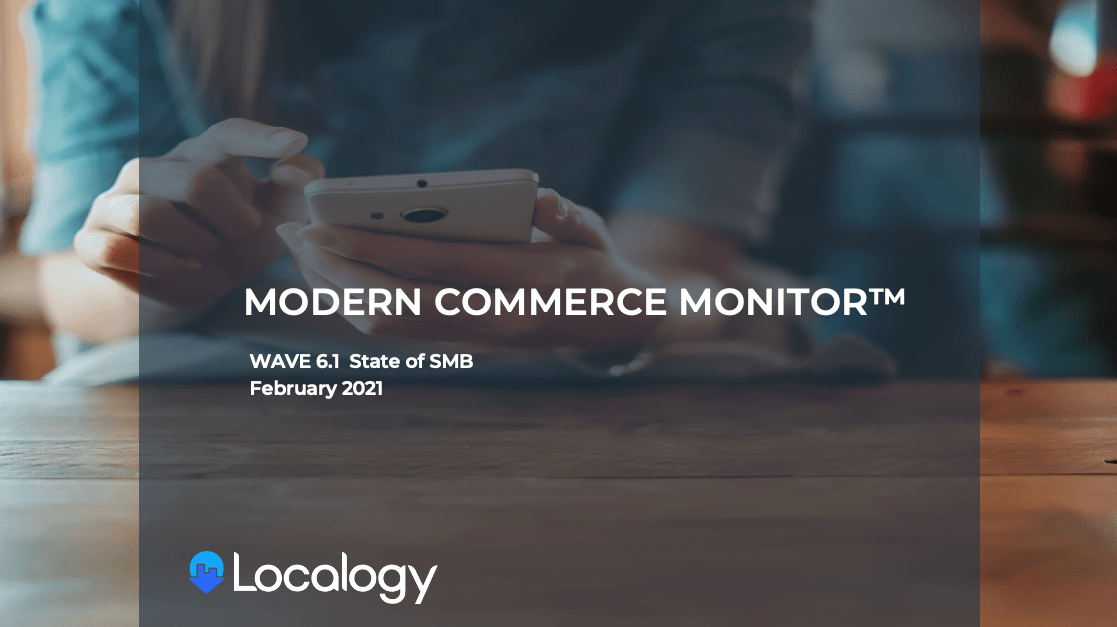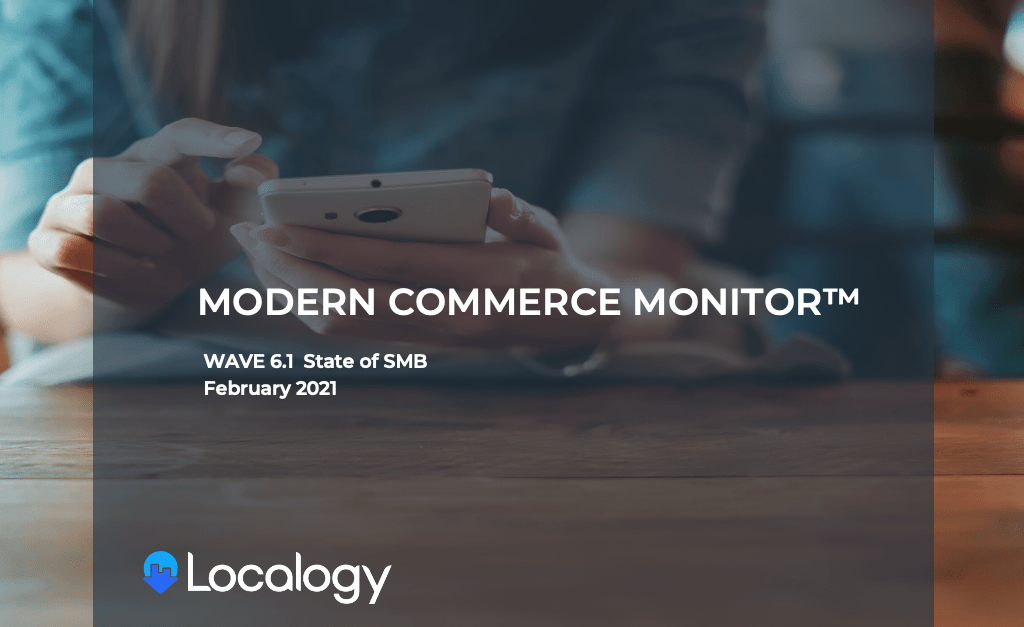As part of the ritual of examining local commerce and SMB Saas strategies, Localogy goes right to the source: SMBs themselves. How do they feel about marketing and operational software? What features do they want? And how has their hunger changed during a global pandemic that has hit local businesses hardest?
Localogy’s upcoming Modern Commerce Monitor (MCM) wave 6.1 answers these and other questions across the SMB SaaS product set, which we preview in this Benchmark Bytes series. After the last installment examined SMBs’ Google My Business (GMB) adoption, we now go one level deeper to examine their GMB ROI triggers.
Specifically, 39 percent of survey respondents report that the top metric that determines their perceived ROI in GMB is the number of phone calls it generates. This is followed by clicks/traffic (22 percent) and the number of messages that users sent to the business through GMB (38 percent). These answers were given in Q4 2020.
Further down the list, 14 percent of SMB survey respondents say that they value the list of missed calls that the GMB dashboard offers, and 7 percent say they value reporting on the number of searches for the business. Reporting on driving directions (4 percent), search terms (3 percent) and map views (2 percent) follow.

What Does it All Mean?
Going a bit deeper, a few things jump out at us:
— Phone calls’ leading position on this SMB sentiment list is logical: A ringing phone is a tangible and top-of-mind result in SMBs’ minds. Other tracked user actions are valuable but subtler in their occurrence.
— Website clicks are logical as the second-ranked desired SMB activity, as it’s likewise a tangible result of GMB presence. However, it’s somewhat surprising that website clicks (22 percent) trailed so far behind phone calls (39 percent).
— The latter is likely skewed by businesses for whom online activity is less material to their product/service fulfillment (think: home services).
— Still, online bookings — especially in a digital-leaning pandemic — apply to such offline-centric businesses so website traffic should be valued more and could grow in future waves.
— It’s also surprising that driving directions (4 percent) and map views (2 percent) were so far down the list of valued interactions. These actions can indicate foot traffic, traditionally a highly-valued outcome among SMBs.
— These lower scores could be pandemic related, given that fewer consumers are visiting physical locations, so SMBs correspondingly value that interaction less, as it may be moot in the current environment.
— This of course depends on the type of business (e.g. bars vs. grocery stores).
Time to Shine
Stepping back, GMB, eCommerce and several areas of SMB adoption tracked by MCM continue to grow rapidly among SMBs. SMB SaaS startups are correspondingly thriving with exit velocity, funding, and public-market performance. SMB SaaS is becoming a leading subsector of the broader SaaS universe.
Meanwhile, new SMB SaaS users shown in these survey results could represent permanent adopters — a concept that’s accelerated in the Covid era as SMBs are forced to accelerate their digital transformation. This sends them into the arms of SaaS providers to accomplish a range of operational and marketing functions.
We’ll return in the next installment to go deeper on other pandemic-driven areas of SMB technology adoption. That will include top goals and what types of SMBs are adopting. Let us know what additional insights jump out at you from the above data, and stay tuned for more breakdowns in our Benchmark Bytes series.




